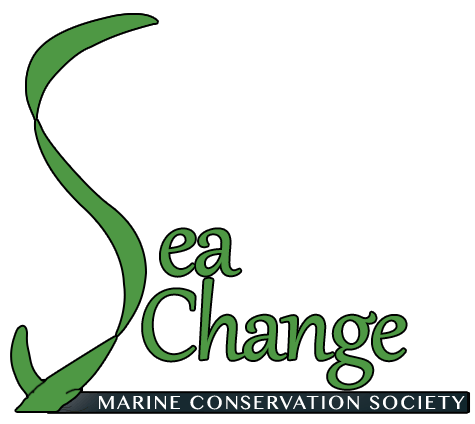CONSERVATION
SeaChange conserves nearshore ecosystems through partnerships, public outreach, mapping and monitoring and provides conservation tools for local governments.

Conservation Programs
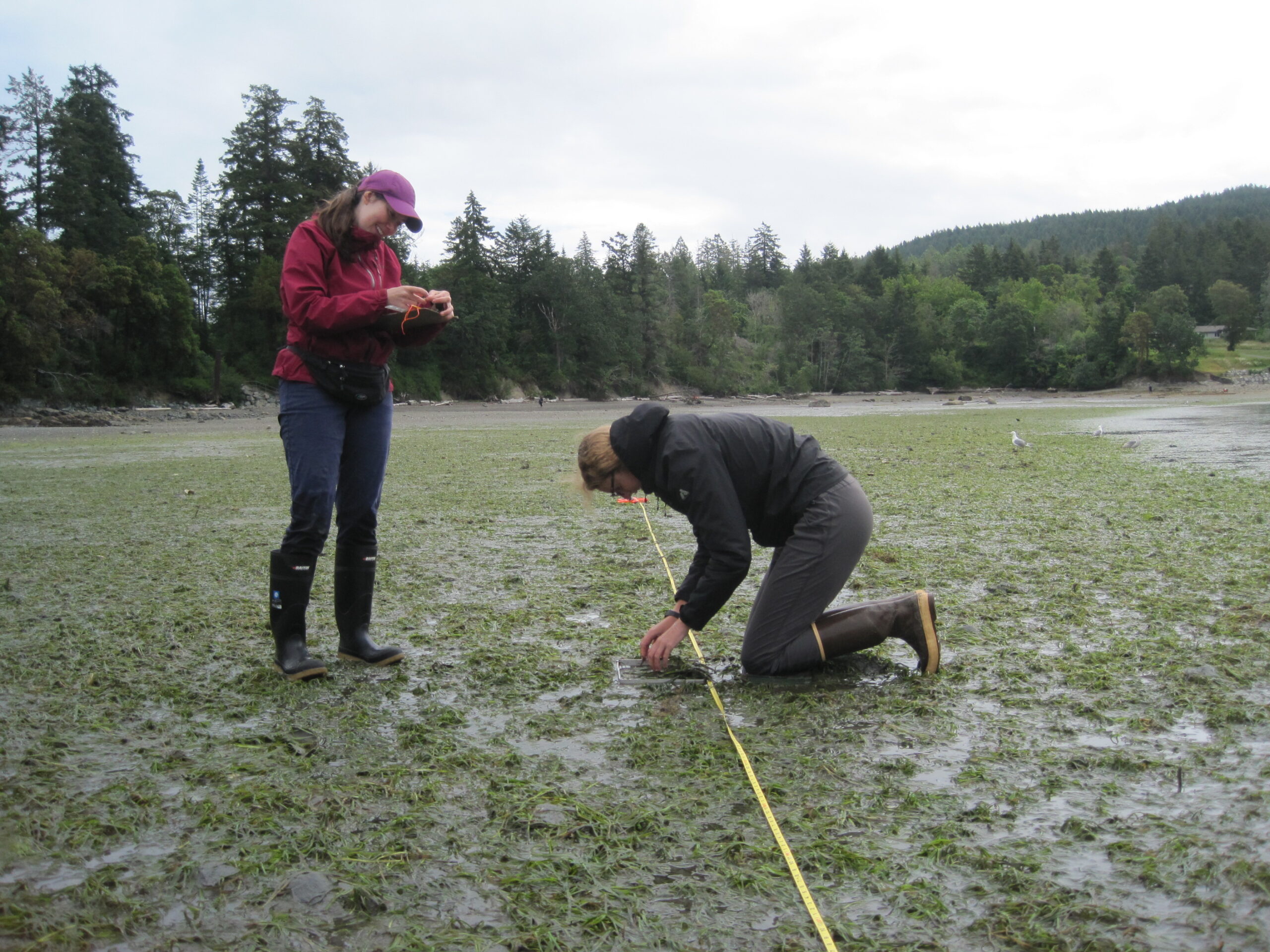
Mapping & Monitoring
In 2002, SeaChange initiated the BC Coastal Community Eelgrass Stewardship Project, a coast wide community eelgrass mapping and monitoring training program. Now over 35 coastal communities, from Haida Gwaii to Boundary Bay, were trained in eelgrass surveying from 2002-2004. Many of these communities are now mapping and monitoring eelgrass habitats a well as initiating stewardship actions. An example of our ongoing eelgrass mapping work can be seen on the Islands Trust Fund website.
Baseline mapping of eelgrass empowers communities to learn about and protect nearshore and estuarine habitats and enables them to identify potential eelgrass restoration sites. Our training programs are designed to advance stewardship while fitting the passions of the community and adapting to volunteer capacity. We take the lead from stewardship organizations and community members.
Recently, we’ve had the privilege to work with Tsleil-Waututh First Nation in Burrard Inlet expanding eelgrass and monitoring water quality, with results helping to inform the Burrard Inlet Water Quality Working Group.
Seagrass-Friendly Moorings
With the support of the Community Salmon Program with the Pacific Salmon Foundation, SeaChange’s Operation Save the Eelgrass initiative is possible. SeaChange is working with boating communities on Bowen Island and Hornby Island to facilitate the switch-over from traditional moorings that scour and fragment eelgrass habitat to seagrass-friendly ones. Seagrass-friendly moorings are designed with a mid-line float that helps to hold lines above the seafloor, helping to prevent unnecessary damage to eelgrass beds. This switch-over helps protect critical habitat to a myraid of marine life, including Pacific salmon who forage and find refuge in eelgrass habitat, and to help build resilience to climate change for coastal communities by providing healthier, more resilient eelgrass meadows that serve to stabilize shorelines.
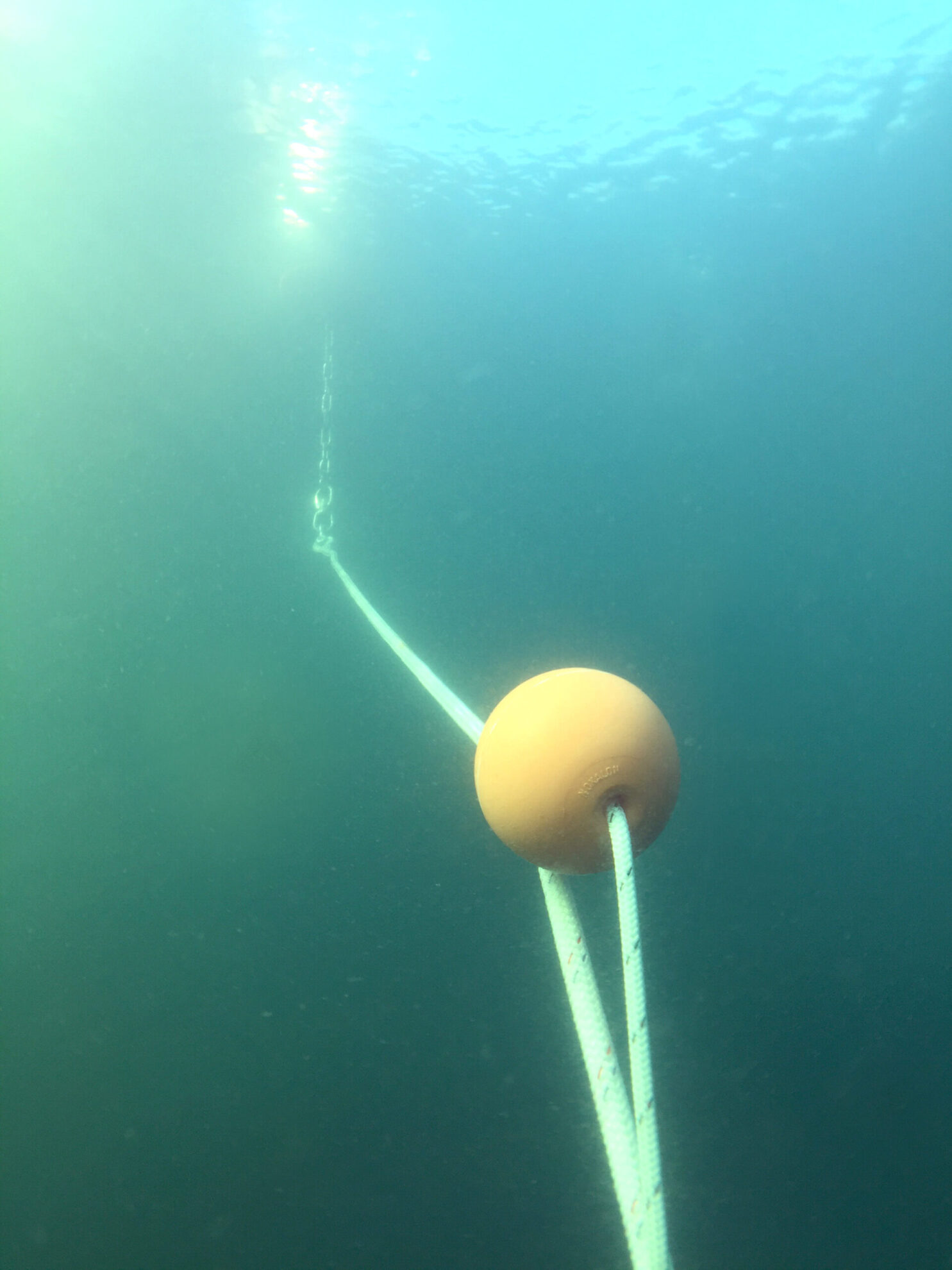

Feel inspired? SeaChange can support community conservation action through volunteer training, support and public presentations.

Informational Signage
We want to spread the word about the importance of eelgrass to marine life and humans alike. Through educational signage, we hope to inspire better boating practices, like anchoring deeper and outside of eelgrass to prevent unnecessary damage to this important habitat.
Look for eelgrass educational signage posted at marinas, BC Parks and boat launches near you! And to see some amazing initiatives by our neighbours in Washington, check out the Voluntary No Anchor Zones based out of Port Townsend.
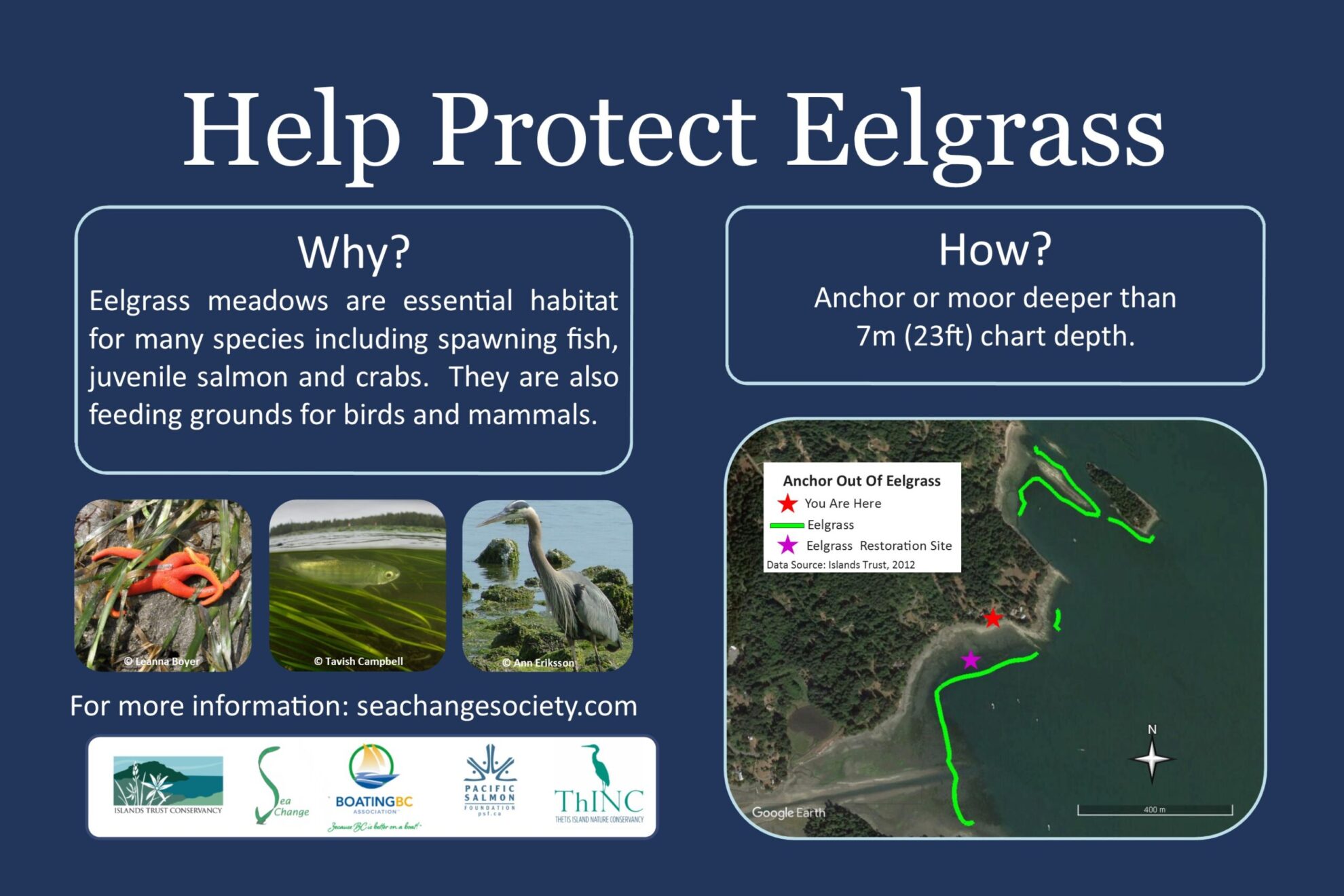

Fishing Gear Removal
SeaChange will be working with T. Buck Suzuki Foundation and Archipelago Marine Environmental Services to identify and retrieve lost fishing gear in several “hot spots” within the Salish Sea. We will use our experience of debris removals and the ‘Collective Effort’ barge and crane to remove ghost fish nets, crab pots and other related equipment to restore a healthier ecosystem in the Salish Sea. Our work related to this project will commence in 2021 and is funded by the Department of Fisheries and Oceans.
Saanich Inlet and Penninsula Atlas of Shorelines
For coastal communities, backshore development is affecting shoreline resiliency. The backshore can act as a dynamic barrier or a vulnerable area, depending on how it is managed. Unlike Washington State, which has a Shoreline Management Act to coordinate planning and protect the public interest in shorelines, British Columbia does not have one specific law devoted to nearshore habitat. Instead, there are different laws at the federal, provincial and municipal levels which may play a role in habitat protection. However, municipal governments do have wide powers to create resilient coastal communities up to the high water mark, through informed backshore land use and zoning decisions; and bylaws concerning riparian setbacks, tree removal, watercourse protection and forage fish habitat.
Our goal is to evaluate the social, economic and ecological values along the Saanich Peninsula coastline. Data will be compared to SIPAS 2007-2009 to determine significant changes. From June to August 2020, Sea Change will be revisiting sites in North Saanich, Central Saanich and Sidney to conduct a test pilot of a larger inventory shoreline survey. The data collected will focus on shoreline hardening, potential forage fish habitat and risk to sea level rise. Notable ecological and anthropogenic changes will be presented in a final report to the tri-municipal council, mayors and staff. Through these partnerships, we hope to inform future decision-making related to nearshore development, ecological damage and sea level rise.
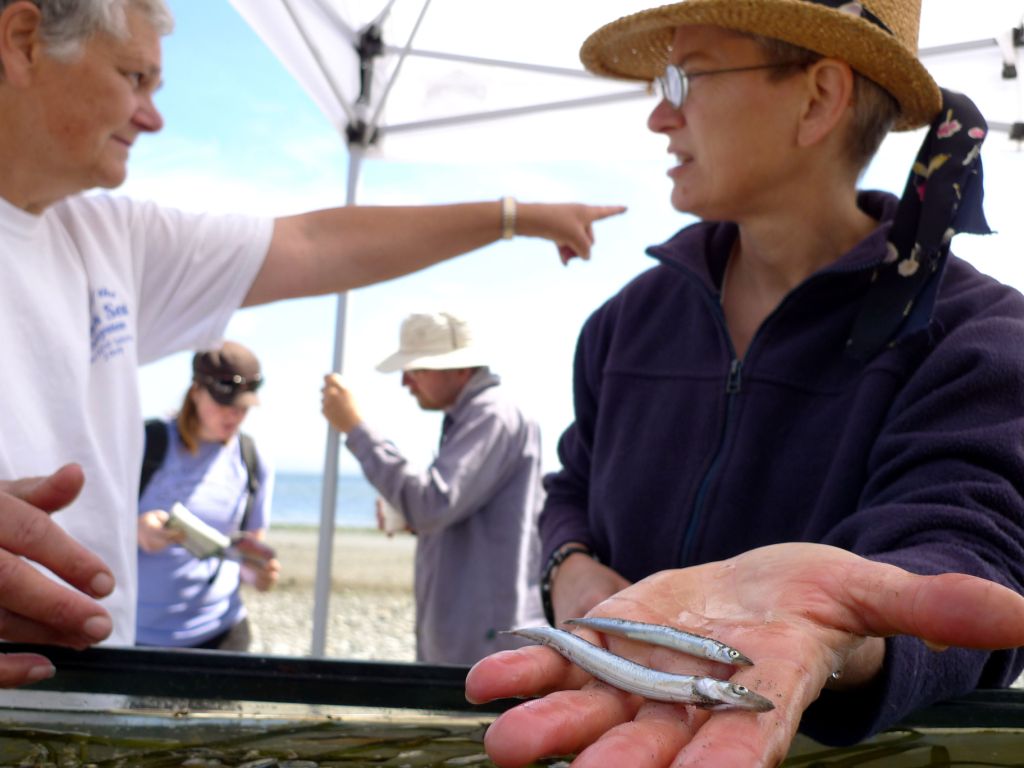
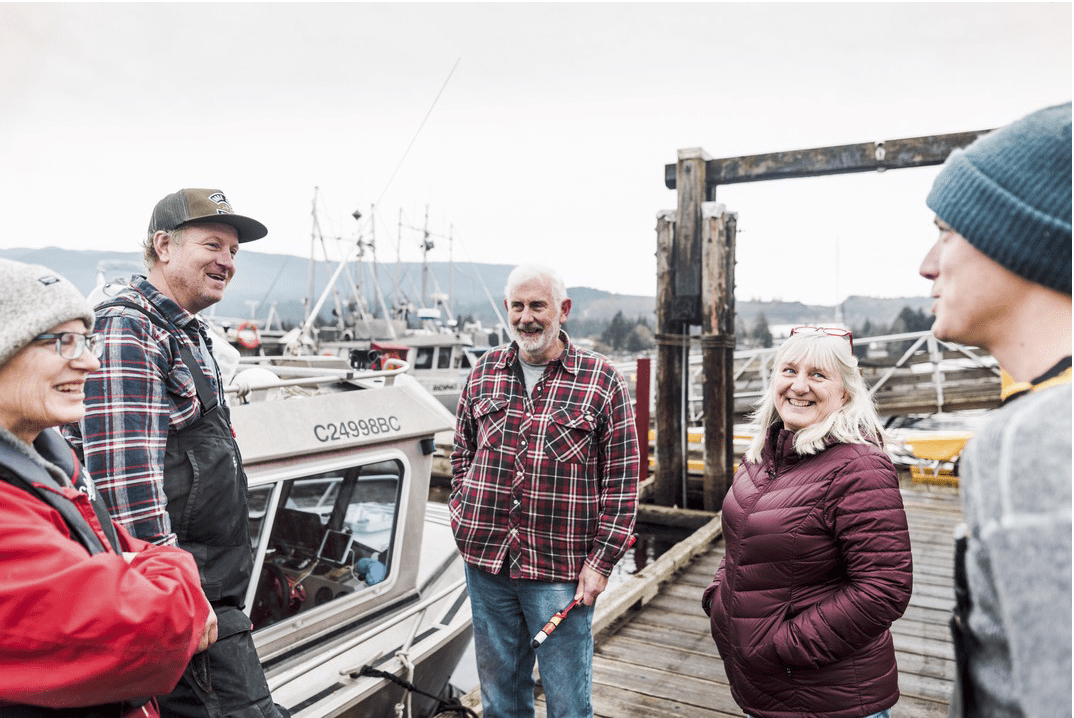
Salish Sea Nearshore Network
Witnessing coordinated efforts in Puget Sound, Washington, a desire to bring like-minded folks north of the 49th parallel was ignited.
SeaChange, alongside the Salish Sea Marine Survival Project with Pacific Salmon Foundation, are building a community driven and regionally directed organization to strategically initiate and continue recovery efforts on a landscape scale in the Salish Sea. This network is meant to provide a platform for a more active and comprehensive dialogue between non-governmental groups, First Nations and community members. Researchers, practitioners and decision makers involved in nearshore and estuarine restoration, research, and climate adaptation strategies will will synthesize relevant research findings from the Salish Sea Marine Survival Project, Coastal Restoration Fund projects, PSEMP and others that provide information on critical salmon rearing habitats; enables prioritization of locations for restoration of nearshore and estuarine habitats and ecological processes; and informs applicable methodologies and lessons learned for successful restoration in the face of ongoing anthropogenic and climate impacts, helping to inform actions.
Through these efforts, we want to communicate findings with partners north and south of the border regularly to align Canadian-Puget Sound common goals and transboundary collaboration towards taking care of our beloved Salish Sea.

Sea levels are predicted to rise by a metre over the next century. This has significant negative consequences for nearshore ecosystems. As this video urges, we must work together to reach solutions that preserve both ecological and human values. Shine*ola Communications created this video as publicity for a public presentation.
